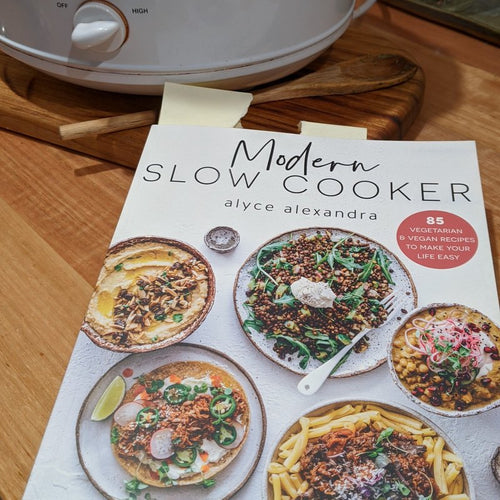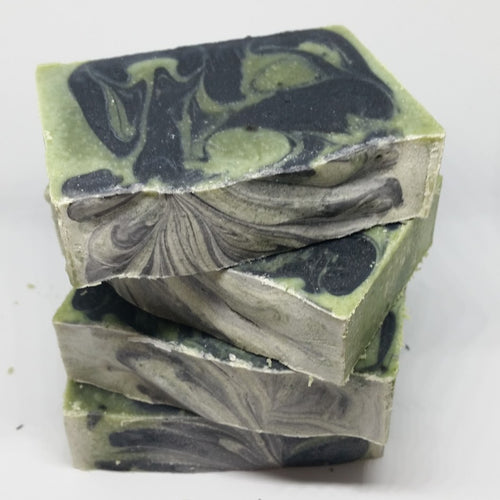Animal behaviour and staying safe around cattle
Lately I have been reading two books by Temple Grandin (am I the only one who reads more than one book at the same time? I think I have four on the go at the moment!). If you haven’t heard of Temple Grandin, she is an amazing lady. I first discovered her one lonely night in a hotel when I flicked channels and came across the biographical movie about her work with cattle. Temple is autistic, and extremely good at understanding and explaining cattle behaviour. She explains that her autistic brain works in a similar way to an animal’s brain, they see things in the same way, and so she has become a sort of interpreter between humans and animals. She has also done a huge amount to help parents and carers of autistic children to better understand their children.
Reading Temple’s books and watching the movie about her life, and numerous other videos on youtube has taught, me to start to think differently about cattle and dogs. As Temple says, humans with normal brains tend to assume that animals think like we do, that they understand consequences or that they are stupid or naughty for not going through a gateway or resisting what we want them to do. Temple did the same at first, she assumed that animals thought they way she did, but lucky for her, she was right! And the changes she made to cattle handling facilities worked perfectly, which is the proof that she was doing something right. So for non-autistic people, we need to stop assuming that animals are like us, they think differently, they see the world differently, and when you realize that, their behaviour starts to make sense, AND its much easier to get them to do what you want and handle them safely.
If you’re interested in finding out more, the two books that Temple has written on animal behaviour are:
Animals in Translation: Using the Mysteries of Autism to Decode Animal Behavior (A Harvest Book)
Humane Livestock Handling: Understanding livestock behavior and building facilities for healthier animals
And the movie about her life is called “Temple Grandin ”. And just search for her in youtube to find lots of other great talks and information about autism and animal behaviour.
”. And just search for her in youtube to find lots of other great talks and information about autism and animal behaviour.
Since we’ve been keeping cattle, I’ve slowly made a few or my own observations about cattle behaviour and safety when working around them, so here are a few thoughts. Even though cattle may appear docile when they are standing out in a paddock, in close proximity they can pose a danger if not handled correctly. Cattle can kick both forwards and backwards with their back legs, and can use their heads to butt or gore (if they have horns). It is wise to be wary of all cattle, even those that are usually tame, as they can lash out if they feel threatened.
When approaching cattle in a paddock, it’s a good idea to call out to them from a distance, so that you don’t startle them. Then, if possible, walk around them, giving them plenty of space to move away if they are not comfortable with you. Try not to make them feel cornered.
Working with cattle in stock yards can be dangerous, and there are a few things you can do to keep yourself safe. In particular, when walking around an animal, try to walk around its head. If you have to walk around behind it, make sure you give plenty of room in case it kicks out at you. Never turn your back on an animal as it may charge you when you’re not watching. Bulls and cows with young calves can be especially aggressive, even in paddock situations, so make sure you have an escape route if they do decide to charge at you.
If you need to do any work on a cow, or to have the vet do AI or give an injection, it will help to have some way of restraining her. Our milking bales were originally built to be a “cattle crush” with a feed trough in the front instead of a “head bale”. As our cows are tame, this is sufficient for any injections or vet attention. For our more wild beef cattle, we have a head bale in the race of our cattle yards, and we use that to restrain them for branding, castration, ear tagging and any vet work.
For calves, if they are small enough, you can tackle them to the ground (don’t worry about being rough, they are very robust) and hog tie their legs while you castrate or ear tag them. If you’re doing more than a couple of calves, it may be worth investing in a “calf cradle”, which is used to restrain small calves for castration and branding.
With Temple’s advice, you can learn to handle cattle calmly and set up your cattle yards so that the animals move where you need them to go without the need for excessive force or putting yourself in danger. I’m excited to keep reading and learning more, and apply this to both the cattle and to training our future cattle dog Taz.
Have you heard of Temple Grandin's work? Do you have any of your own observations of animal behaviour to add?
Simple Saturday Blog Hop
Clever Chicks Blog Hop
From the Farm Blog Hop
Homestead Barn Hop
Homeacres Hop
| Braford weaner calves rounded up and ready to sell |
If you’re interested in finding out more, the two books that Temple has written on animal behaviour are:
Animals in Translation: Using the Mysteries of Autism to Decode Animal Behavior (A Harvest Book)
Humane Livestock Handling: Understanding livestock behavior and building facilities for healthier animals
And the movie about her life is called “Temple Grandin
Since we’ve been keeping cattle, I’ve slowly made a few or my own observations about cattle behaviour and safety when working around them, so here are a few thoughts. Even though cattle may appear docile when they are standing out in a paddock, in close proximity they can pose a danger if not handled correctly. Cattle can kick both forwards and backwards with their back legs, and can use their heads to butt or gore (if they have horns). It is wise to be wary of all cattle, even those that are usually tame, as they can lash out if they feel threatened.
When approaching cattle in a paddock, it’s a good idea to call out to them from a distance, so that you don’t startle them. Then, if possible, walk around them, giving them plenty of space to move away if they are not comfortable with you. Try not to make them feel cornered.
Working with cattle in stock yards can be dangerous, and there are a few things you can do to keep yourself safe. In particular, when walking around an animal, try to walk around its head. If you have to walk around behind it, make sure you give plenty of room in case it kicks out at you. Never turn your back on an animal as it may charge you when you’re not watching. Bulls and cows with young calves can be especially aggressive, even in paddock situations, so make sure you have an escape route if they do decide to charge at you.
If you need to do any work on a cow, or to have the vet do AI or give an injection, it will help to have some way of restraining her. Our milking bales were originally built to be a “cattle crush” with a feed trough in the front instead of a “head bale”. As our cows are tame, this is sufficient for any injections or vet attention. For our more wild beef cattle, we have a head bale in the race of our cattle yards, and we use that to restrain them for branding, castration, ear tagging and any vet work.
For calves, if they are small enough, you can tackle them to the ground (don’t worry about being rough, they are very robust) and hog tie their legs while you castrate or ear tag them. If you’re doing more than a couple of calves, it may be worth investing in a “calf cradle”, which is used to restrain small calves for castration and branding.
With Temple’s advice, you can learn to handle cattle calmly and set up your cattle yards so that the animals move where you need them to go without the need for excessive force or putting yourself in danger. I’m excited to keep reading and learning more, and apply this to both the cattle and to training our future cattle dog Taz.
Have you heard of Temple Grandin's work? Do you have any of your own observations of animal behaviour to add?
Simple Saturday Blog Hop
Clever Chicks Blog Hop
From the Farm Blog Hop
Homestead Barn Hop
Homeacres Hop





















Leave a comment